Kerman is one of the seven largest cities in Iran in the southeast of our vast country. With its dry and desert climate, rich history, and of course hospitable and warm-hearted people, it is known as one of the most visited tourist destinations in Iran in recent years.
You should know that this beautiful city has so many tourist attractions and sights in its heart that you will still experience a memorable trip with any age group and whatever taste you have. Your journey to Kerman will be as pleasant as the lovely warmth of the desert and as fragrant as the memorable aroma of Kerman’s cumin. Today we are going to learn about some of the top things to do in Kerman.
1. Shahzadeh Mahan Historical Garden of Kerman

Perhaps Shahzadeh Garden can be considered as one of the most important places of interest in Kerman. So if you have a day trip to Kerman, it is better to set aside a few hours of your time to visit this amazing garden. It is really a pity to travel to Kerman and not see this one!
Shahzadeh Garden or Shazdeh Garden dates back to the Qajar period. It’s a rectangular garden with an area of more than 3 hectares. And welcomes you from the very beginning with its magnificent and unique entrance. This one differs from other Iranian gardens. Tall and lush trees, ponds, fountains, and rocky streams that flow throughout the garden, give you a sense of life and freshness. Of course, the mountainous climate of this area has an impact creating this vibrant feeling.

Shazdeh Garden, like most Iranian gardens, includes a middle mansion, as well. And except for a small part, the rest of the place is open to the public.
This garden is located at the foot of a mountain, about 2 kilometers from Mahan city. It takes only 30 minutes to get there from Kerman and welcomes you every day from 9 am to 12:30 pm and 3 pm to 6 pm. will be. Anyway, always check the time and date you are planning to visit the sights with the people in charge before you leave for it.
2. Kerman’s Fath Abad Garden

Fath Abad Garden, also known as Bigler Beigi Garden, is one of the most beautiful gardens in Iran. Although this garden had been abandoned for years and unfortunately, some of its trees dried up for the same reason, it was revived as beautifully as possible and returned to its glory days.
This garden belongs to the Qajar period and you can see its royal architecture in its mansion. I suggest you visit Fath Abad Garden at sunset because its amazing lighting multiplies the splendor of the place. This garden is located 25 kilometers from Kerman city in Ekhtiar Abad city.
3. Arg-e Bam or Bam Citadle

Bam Citadel is the largest adobe building in the world and is registered on the UNESCO World Heritage List. Unfortunately, this magnificent building was severely damaged by the Bam earthquake in 2003; So much so that UNESCO endangered it on the World Heritage List. After about 15 years of uninterrupted reconstruction of the Arg, they have been successful to significantly restore this amazing building and bring back many tourists to Bam to see it, again.
Bam Citadel is in Bam city, which is about 2 hours away from Kerman.
4. Jabaliyeh Historical Dome in Kerman
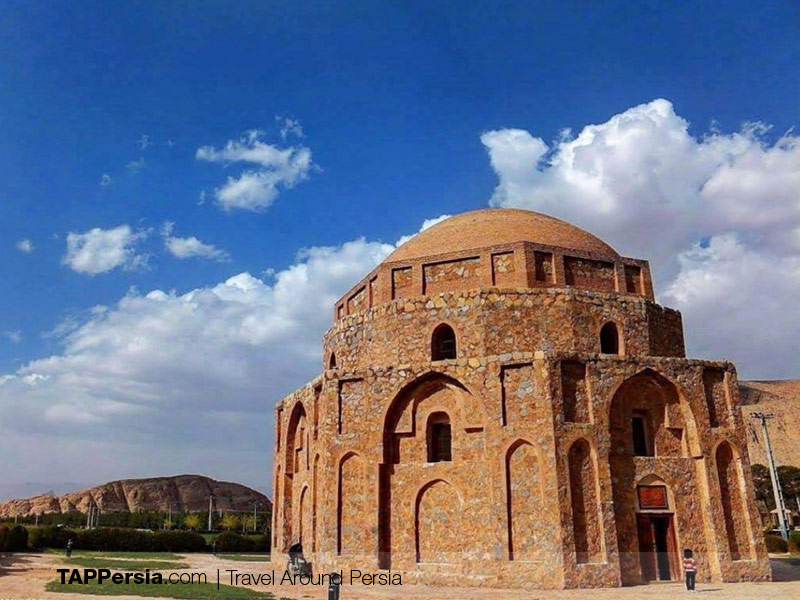
Jabalieh dome is the only stone building in Kerman that later became the stone museum of this city. One of the points that make this place of interest in Kerman more attractive is its relatively unknown history. Some consider this building to be related to the pre-Islamic period in Iran. They say it was a fire temple or tomb of a Zoroastrian leader, “Gabri”, and over time its name has been changed to “Jabaliya”. According to another theory, it dates back to the Seljuk period, which is very weak.
Another noteworthy point is that the architecture of the dome of Jabaliyeh is not similar to the traditional buildings of the fire temple. Moreover, some historical evidence shows that camel milk was used instead of water in its construction. This historical dome stands out in the east of Kerman city and the intersection of Shohada Street and Ghaem Boulevard.
5. Kerman Historical Bazaar

Kerman Grand Bazaar, also known as Kerman National Bazaar or Vakil Bazaar, is the second oldest bazaar in Iran after Tabriz Bazaar. It starts from Arg Square and reaches Mushtaqieh Square with a distance of about 1.5 kilometers. A unique historical tour in the middle of Kerman in the eighth century AH, thanks to which you can get to know more about the people and souvenirs of Kerman, especially cumin. You will feel the cumin fragrance that follows you wherever you go in the bazaar.

Miss neither the gold passage of the big bazaar nor the copper passage in the Ganjali Khan complex. If you have more time, you can take a breath of fresh air in the Vakil Bath, which has been turned into a teahouse. Or you can visit the Ganjali Khan Bath, which is an anthropological museum.
6. Kerman Ganjali Khan Mosque

Ganjali Khan Complex is located in the center of Kerman and close to the Grand Bazaar. It includes the square, Ganjali Khan Bath (Anthropology Museum) on the south side, Ganjali Khan Coin Museum on the north side, Ganjali Khan Caravanserai and School on the east side, Ab Anbar on the West, and Ganjali Khan Bazaar is on three sides of the square.
Ganjali Khan complex has an Isfahani style. In the Safavid era, during the reign of Shah Abbas, Ganjali Khan, one of the rulers of Kerman ordered to build this complex. You can find Kerman Grand Bazaar and Ganjali Khan Complex at this address; from Shariati Street to Tohid Square and finally on Khorram St.
7. Yakhdan-e Moayedi in Kerman

Yakhdan was a place that people used to keep their food. In fact, they used it as a fridge or refrigerator. Moayedi traditional fridge in Kerman is the largest adobe one in the world, which was built during the Safavid period. It stands up currently on Kamyab Street between Basij Square and Shahid Rajaei Street. Since the water of the Moayedi qanat passes under this traditional fridge, they call it with the same name.
The roof of this building is designed as a cone to minimize the amount of sunlight absorption. Also, 20 meters high walls have been built around this large cone to keep the refrigerator’s temperature low by creating shade.
8. Malek Historical Mosque of Kerman

Kerman Malek Mosque, also known as Imam Mosque, is located on Imam Khomeini Street. It is the largest and oldest mosque in Kerman. This mosque is about a thousand years old and belongs to the Seljuk period. This mosque has four Iwans, as well as many other Seljuk architected structures.
The Seljuk brick tower, three plastered altars, and a covered qanat by which water passes through the mosque are the unique features of this stunning attraction.
9. Kerman’s Fire Temple

The Zoroastrian fire temple of Kerman stands out in Shohada Street, Borzoo Amighi Street. This fire temple was the last Zoroastrian shrine in the province, which they built during the reign of Reza Khan. Once this place with its surroundings was private property and belonged to “Jahangir Ashidari”. And now the surroundings are a lush garden that surrounds the fire temple.
10. Harandy Garden Museum in Kerman
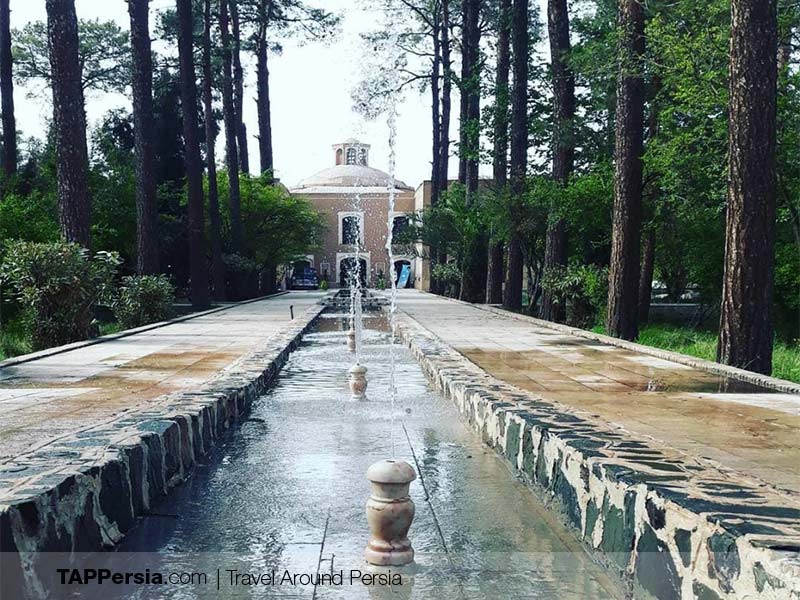
Kerman Harandi Garden, also known as Harandi Museum, has an interesting history. It’s an amazing garden with an awesome mansion inside it. First, they built this structure around the year 1873. It belonged to “Mohammad Reza Khan Adl Sultan” who was one of the famous soldiers of Kerman in his time. He used it as a recreational garden outside the city. Several years later he sold it to a famous merchant, Abolghasem Harandi.
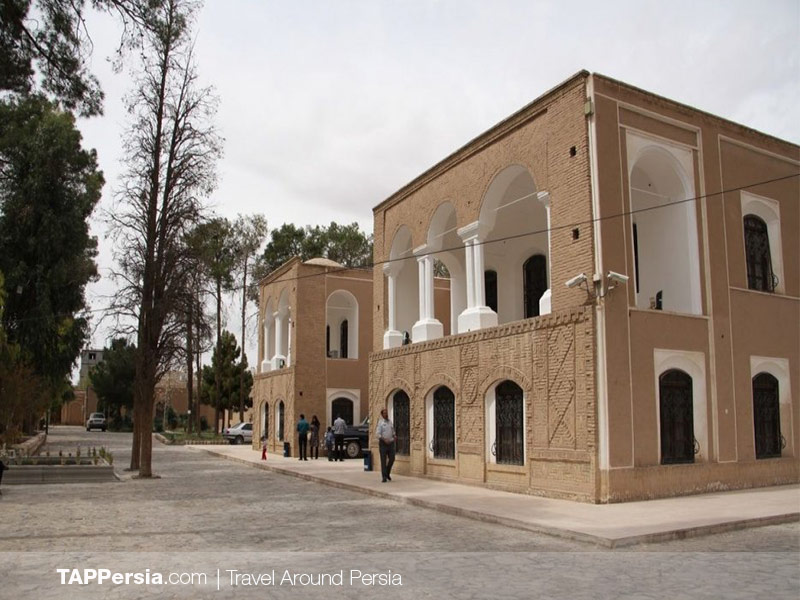
About 40 years later, Harandi donated the garden to the Ministry of Culture and Arts. And it was not private property anymore. Over time, this lush and stunning garden went through a lot of transformations. For instance, it was a museum for some time. And then again, for quite a time, it was the office of the Cultural Heritage and Tourism Organization of Kerman.
Currently, Harandi Garden Museum is shining on Ferdowsi Street of Kerman. The ground floor of the mansion is a Museum of Traditional Instruments. And the first floor is an Archaeological Museum.
11. Kerman Jameh Mosque

Kerman Jameh Mosque, also known as the Mozaffari Mosque, Stands tall near Shohada Square, on Shariati Street, between Ghadmagah and Mozaffari Bazaars. It has four Iwans and dates back to the time of Muzaffarids. The tall and magnificent eastern entrance and the tiled mosaic Mihrab are among the most characteristic and famous parts of this spectacular place of Kerman.
12. Qal’eh Dokhtar of Kerman
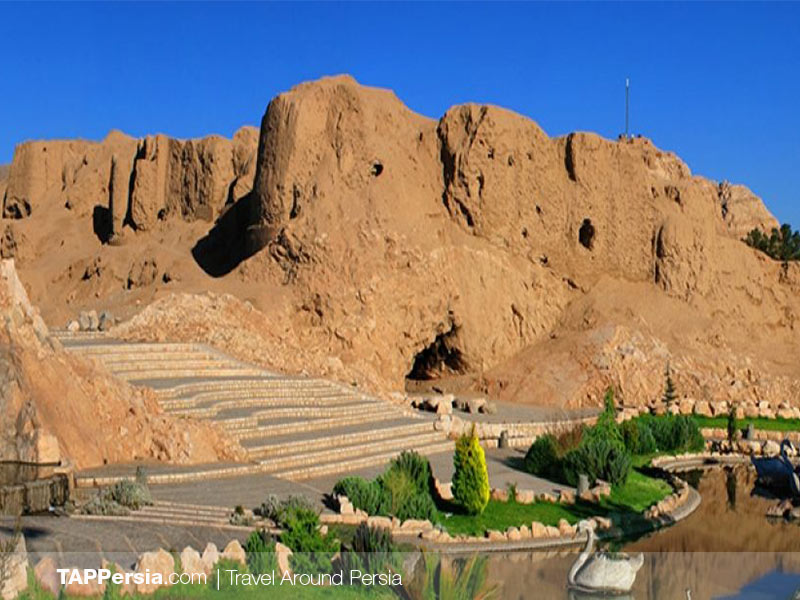
People also know Kerman Dokhtar Castle (Qal’eh) as Gavashir Castle, Old Castle, Mountain Castle, and Anahita Fire Temple. It is one of the oldest castles in Iran, which stands tall in the center of ancient Kerman. And now, it is on a high mountain in the east of the city near Ardeshir Castle. It is interesting that this ancient castle is one of the mysterious buildings that has not been explored archaeologically.
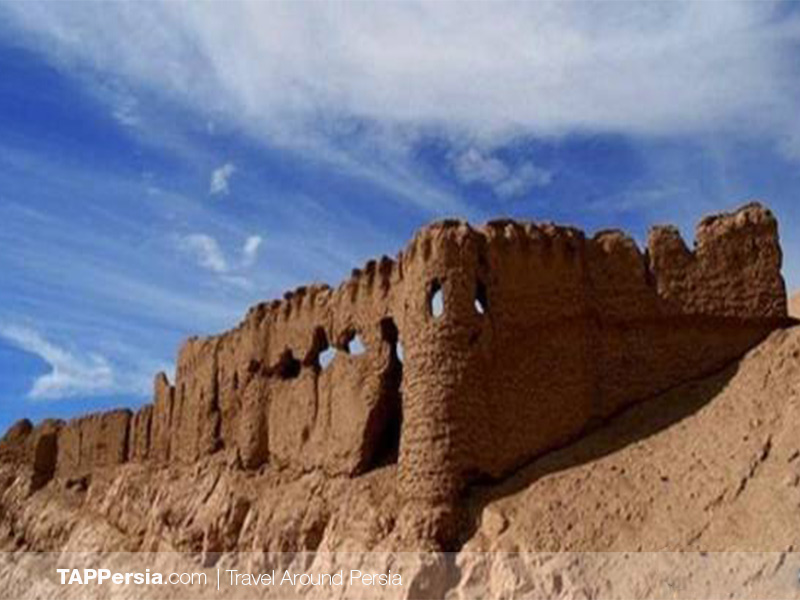 There is a three-story semi-ruined building inside this castle. The main gate of Qala-e Dokhtar is in its west. Further away from the gate there is a staircase that obviously led to the gate by a moveable bridge.
There is a three-story semi-ruined building inside this castle. The main gate of Qala-e Dokhtar is in its west. Further away from the gate there is a staircase that obviously led to the gate by a moveable bridge.
13. Shah Nematollah Vali Shrine

The Shrine of Shah Nematullah Vali is located in the city of Mahan near Kerman city. Over time, this building has expanded so that now it includes more than 3,000 square meters area as the surrounding.
14. Meymand Rocky Village
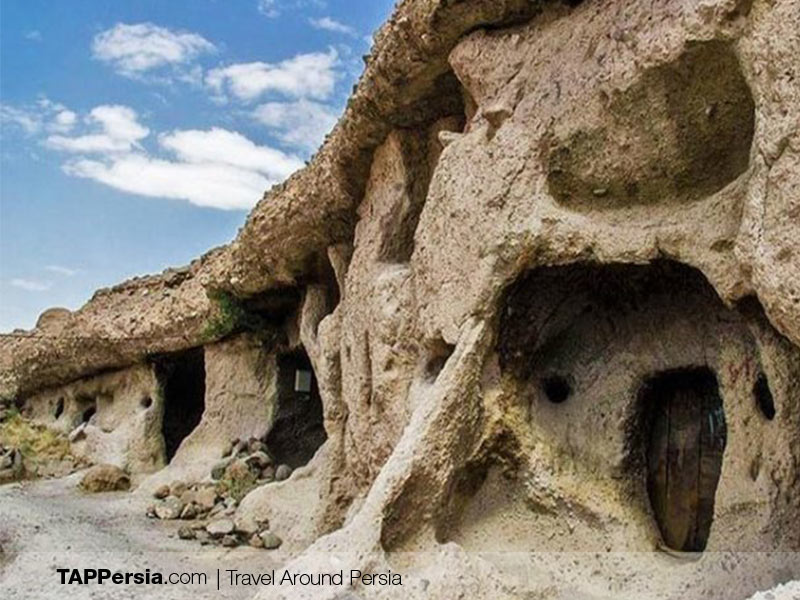
Kerman’s Meymand rock village is one of the most beautiful villages in Iran. Another famous rocky village in Iran is Kandovan. But this Meymand Rocky village is located 30 km northeast of Babak city near Sirjan and Rafsanjan. The characteristics that distinguish Meymand from other even foreign examples such as Cappadocia in Turkey, is that local people still live in these rocky houses. These people are the people whose ancestors during the Parthian period (247 BC- 224 AD) first, chose this area to settle down, second, dug and built their houses in the heart of the mountain with their own hands.
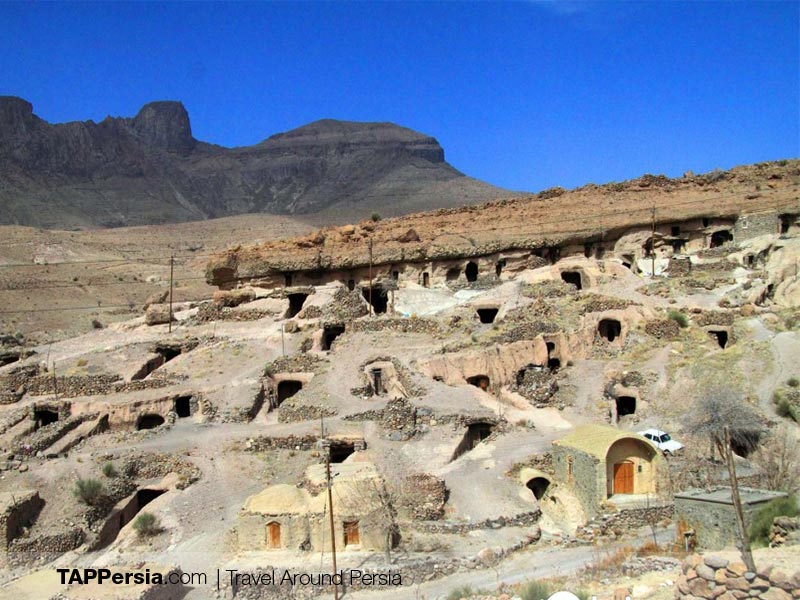
This village is several thousand years old (8 to 12 thousand years) and has a remarkable value in terms of history and cultural heritage. It is interesting that the people of this village still have their ancient dialect and customs. And for the same reason, Meymand village of Kerman has been able to win the seventh Mercury prize in the world.
15. Kerman Rayen Citadel
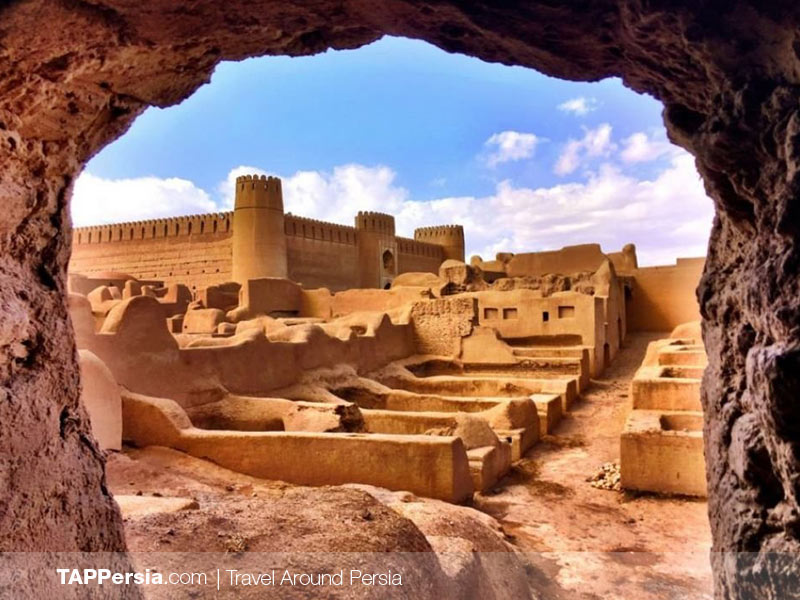
Rayen Citadel is located in the Rayen city in the south of Kerman. This Persian citadel is the third adobe building in the world after Bam citadel and Morche Khort citadel, which dates back to the Sassanid period and follows the architecture of the same era.
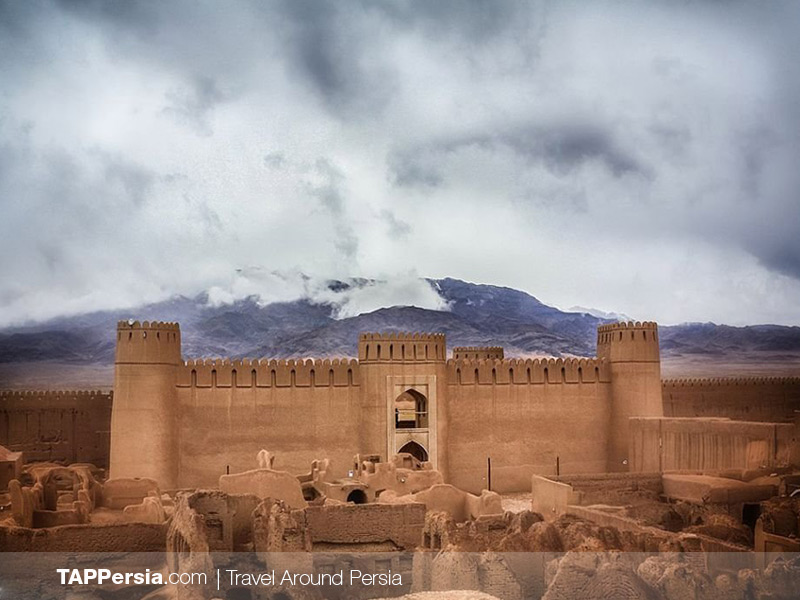
The general architecture of the citadel is rectangular, surrounded by strong walls with a length of 10 meters, and has four towers in its four corners. The only entrance to the castle is on the east, which has a magnificent facade above it. Inside the ruling castle, there are royal and public houses, a barn, a school, and a fire temple.
16. Shahdad Kaluts
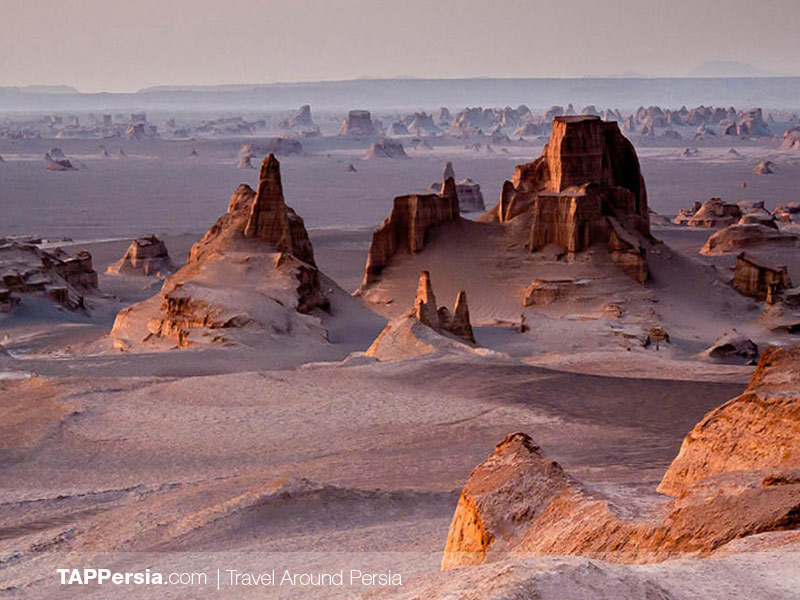
On the sides of the Lut Desert, severe erosions have created natural structures that we call Kaluts. Sunrise and sunset are the best times to visit these spectacular areas of Kerman, because of the colorful sunlight dance on the heights of the desert. Also, the hottest spot in the world is in the heart of the Lut Desert. That’s why these times are much more suitable for visiting the Kaluts.
Discover the enchanting contrasts of Iran’s desert landscapes, where the golden sands meet the crisp chill of autumn. Dive deep into ‘The Beauty of Iran’s Desert Landscapes in the Cool Fall Months’ in our feature piece.
17. Rageh Canyon of Kerman
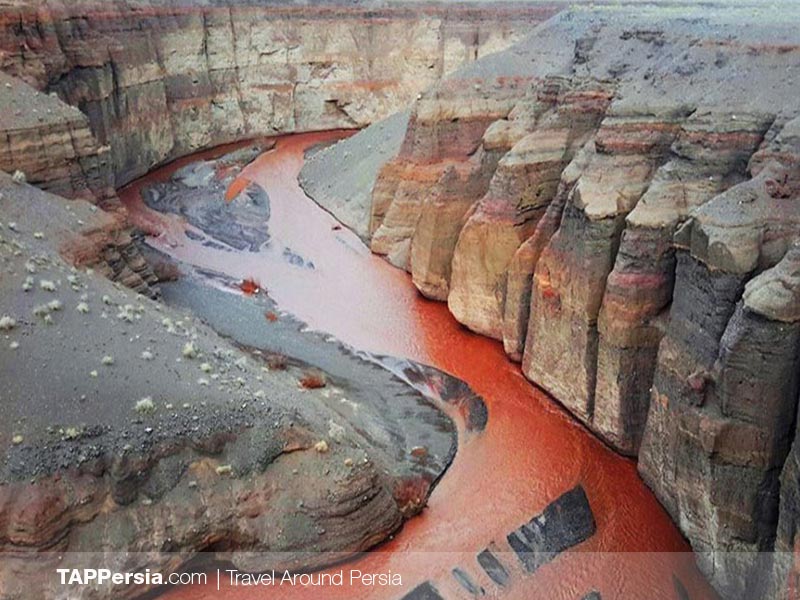
Rageh Canyon is in the southeast of Rafsanjan. And like Kal Jani in Tabas and Yazd deserts, it is a valley with eroded walls, high and scary. The water flows in the middle of these valleys. Visiting this place is such an adventure. At first glance, it may seem that the designs are human-made, but in fact, it is the art of mother nature. She is the best artist who created and painted the huge walls of the valley as beautifully as possible.

Inside the valley has a pleasant climate like spring. This sudden climate change in the middle of the hot and dry atmosphere of the desert, plus the scary and mysterious appearance of the valley has drawn the local people to find it easy to believe the goblin tales about the Rageh valley of Kerman.
Moreover, Rageh Valley is the third natural geopark in Iran, and it is about 20 km long.
18. Parsian Ghaleganj Hotel
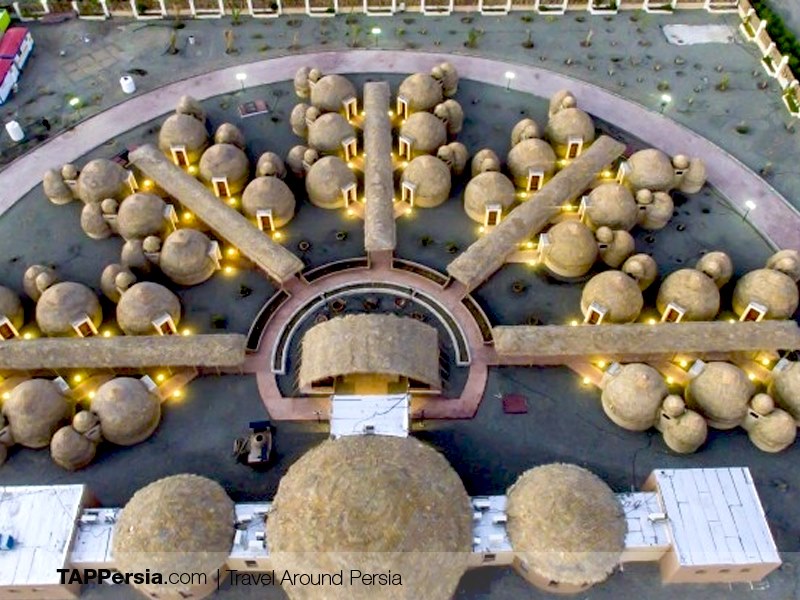
In the southern parts of Kerman and the Qala-e-Ganj region, There is a newly built Kapari hotel. This hotel is a combination of tradition and modernity. Kapari Ghaleganj cottages are made entirely of local materials and are designed according to the cultural structures and architectural patterns of the area. The materials are mainly from the local trees such as dates.
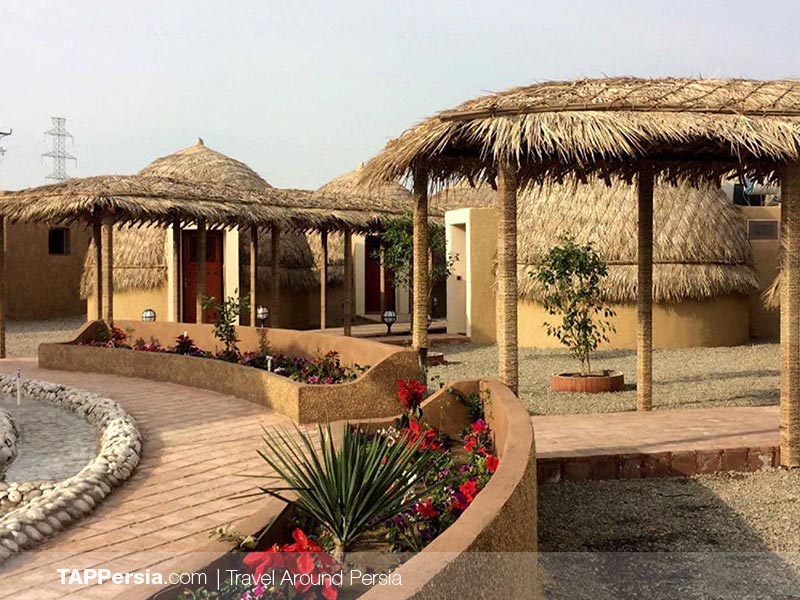
Kapar, in the southern parts of the country, refers to cottages with a ball-like shape. In The past, local people lived in such houses. This architecture helped them escape the scorching heat of the southern regions.
These cottages, now have become one of the special attractions of Kerman province, internationally. Visiting and staying in Kapari hotel in Kerman can be a totally different experience for you on your trip to Iran.
19. Sanati Contemporary Arts Museum

The works of world-famous artists are on display at the Kerman Sanati Museum of Contemporary Arts. Half of this museum is dedicated to the exhibition of the works of Master Seyed Ali Akbar Sanati. The other half is related to the art pieces of 83 contemporary Iranian artists and 16 to the foreign artists. The Museum of Contemporary Arts is on Shariati Street, between Bagh-e-Melli Square and Tahmasebabad intersection.
20. Sirch Ski Resort

Sirch ski resort is the largest ski resort in the southeast of the country. You can find it on the road to Sirch, one hour away from Gandum Beryan mound. It is a suitable and fun place for winter entertainment. The height of the route at the highest point of the resort reaches 2,700 meters above sea level, which is one of the distinguishing features of this resort.
21. National Library of Kerman

The beautiful National Library of Kerman, apart from having many valuable books of the country, has a very unique architecture that dates back to the first Pahlavi period. This library has been on Iran’s National Heritage List since 2000.
The decorations and facades of the library in different parts are a living example of the history and art of Iranian artists that dazzle every viewer.
22. Moshtaghieh Dome – Se Gonbadan

Gonbad is the Persian word for dome and se means three. Moshtaghieh Dome or the Three Domes is located near the old cemetery and outside the city of Kerman. One of the most important features of this place, that catches your eyes from the beginning, is the three separate domes that each belong to a popular mystic of their own time. There are two domes with beautiful and eye-catching tiles and one with brick, only. One of the two tiled domes is on the tomb of Mushtaq Ali Shah and the other is on the tomb of Kowsar Ali Shah Hamedani. The tiling of these two has been added later on. And the brick dome is over the tomb of Sheikh Ismail Herati which dates back to the Qajar period.
Final Words
Thank you for joining us on this trip, learning about the top things to do in Kerman province. If you liked it please let us know in the comment. If you need more information or you would like to book a tour with Tappersia, you can reach us via the contact information below the same page.


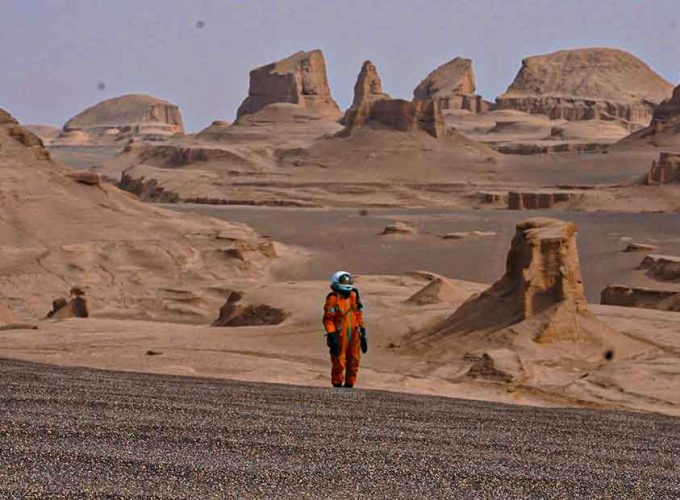
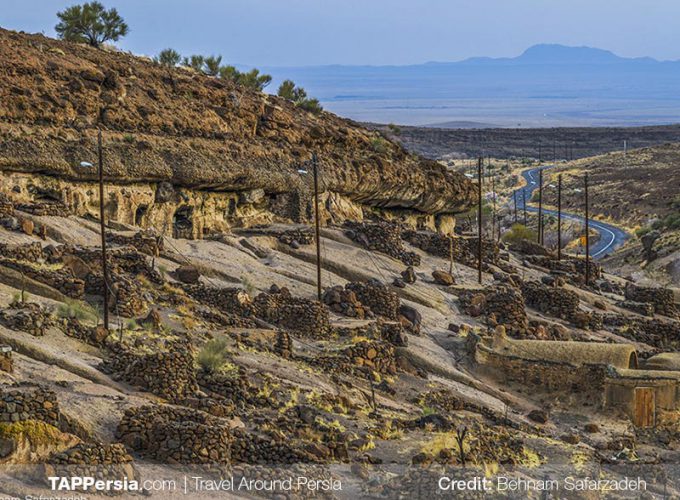
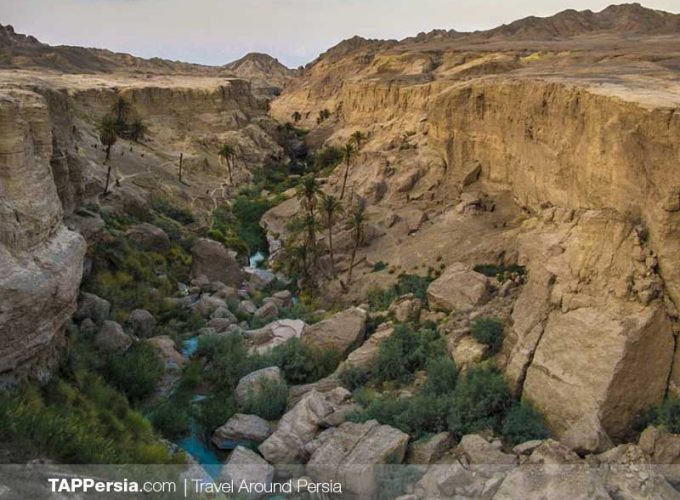
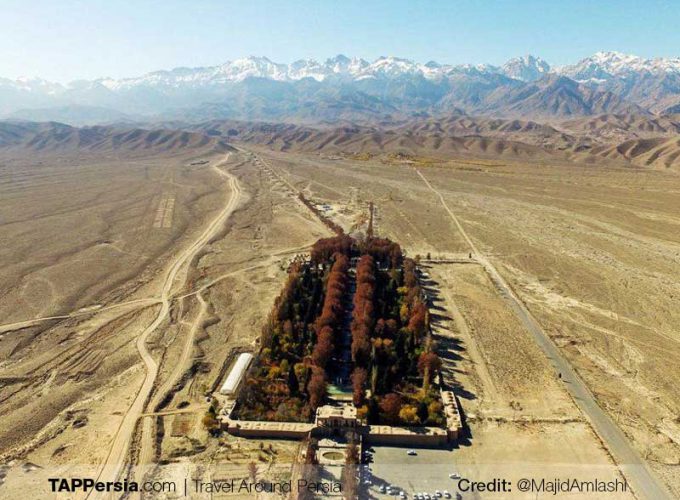
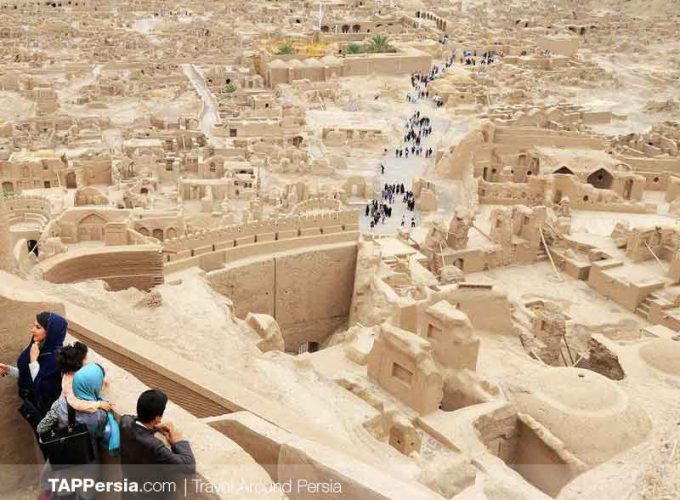
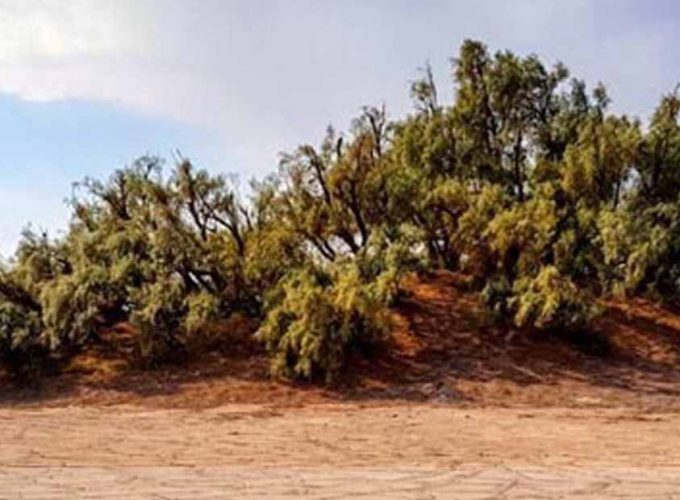


Comment (0)